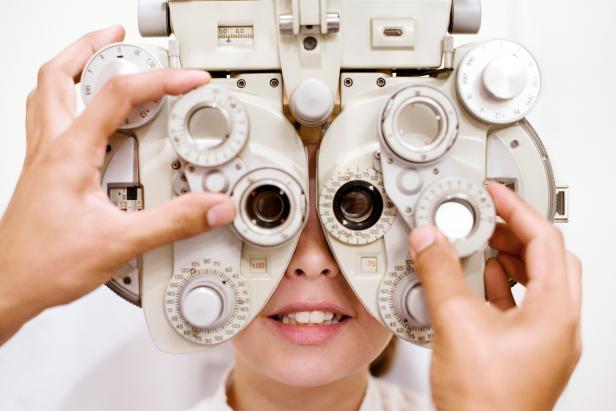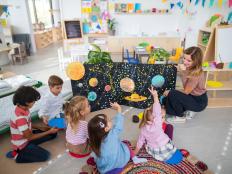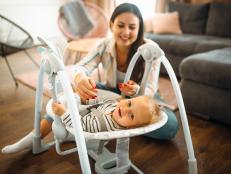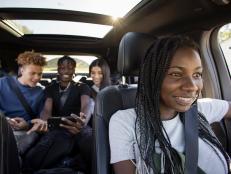Time for an Eye Appointment! Children’s Vision Worsened During the Pandemic, Study Says
Here’s why you should get your kids' eyes checked.


Science Photo Library - IAN HOOTON.
Most parents will agree that screen time during the pandemic went way up for kids. From virtual schooling to scrolling on tablets, laptops, and phones while in quarantine, all of our screen time rules went out the window because of COVID. Now, doctors are beginning to see effects from this increase in screen time—and for some kids, that means needing glasses.
Doctors are reporting an uptick in nearsightedness or myopia in children, as well as digital eye strain. While the rates of myopia in children were already increasing worldwide before the pandemic, a new study suggests that the past year has made this problem even more severe.
According to a study published this January in JAMA Ophthalmology, researchers in China found that children ages six to eight were three times more likely to have nearsightedness during the pandemic than they were in the previous five years.
"We know that focusing up close and not being outside has increased the rate of myopia," Julia A. Haller, the Ophthalmologist-in-Chief at Philadelphia’s Wills Eye Hospital, told The Wall Street Journal. "There’s been a huge impact from the pandemic."
Children and adults spent more time looking at screens during COVID, so why are doctors seeing more eye strain cases in kids? Doctors say that when children look at screens or books for prolonged periods of time, their eyes adjust to accommodate the close focus. This may actually change and elongate the shape of their eyes, and this can lead to myopia.
Another contributing factor is a decrease in outdoor time. Since kids tend to look farther away when they’re outside, less outdoor play can worsen myopia. So, during quarantine, many kids were not playing outside as much or as often, and that lack of outdoor time couldn’t balance out the increase in screen time.
However, adults don’t experience these effects as often because eye growth generally stabilizes after childhood. While this may have taken a toll on our kids’ eyesight, adults’ eyes weren’t affected as severely.
It’s important to note that doctors say some kids will need a prescription to wear glasses, but some kids may just be feeling the effects of digital eye strain, and simply need to take a digital break. So, turn off those devices and head outside to play. Also, when it’s time to read, make sure kids have good lighting or move them closer to a window for some natural light.
Researchers say they hope parents will use this information when setting up screen time rules in their homes. It’s also useful knowledge for educators and school policy makers who are creating virtual or hybrid school options for students.
For parents who notice their children are squinting and blinking more when they’re reading or looking at a screen (or find that their child is straining their eyes while reading), doctors say scheduling an eye appointment is the first step. They also recommend kids take more breaks from their screens and get outside. But when they are on screens, they should sit farther away from their devices. Luckily, the summer season is here and school is over for many children, so getting kids outside and off screens may be easier for parents—and exactly what the doctor ordered for kids.
YOU MIGHT ALSO LIKE:















